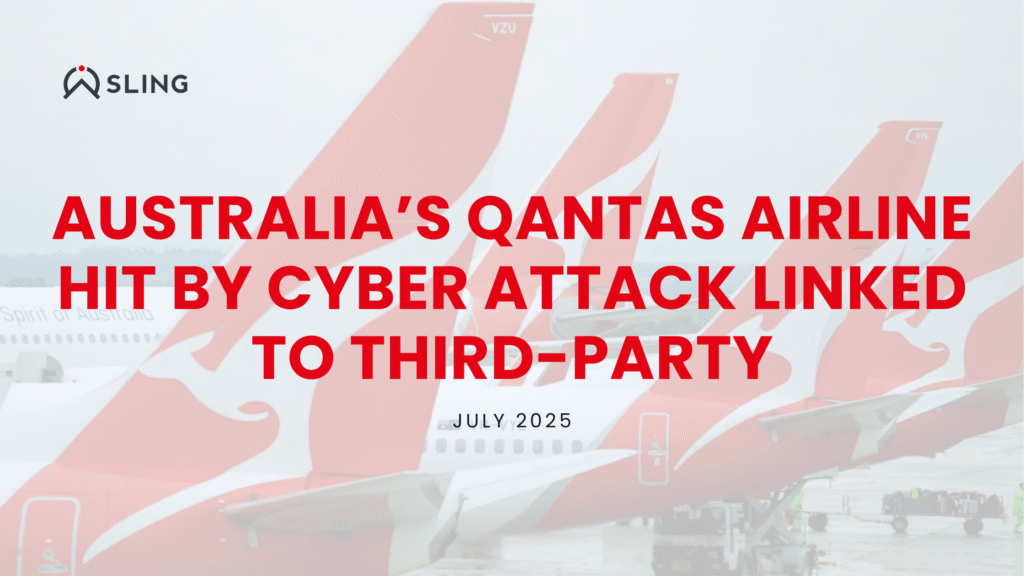In July 2025, Australian airline Qantas confirmed a major cyber incident that compromised personal data from approximately six million customer records. The breach, which originated from a third-party customer service platform, underscores a growing threat in today’s interconnected digital landscape: the vulnerability of external and third-party systems (Qantas Newsroom, 2025; Reuters, 2025).
What Happened?
Qantas detected suspicious activity on a third-party vendor system used to support its contact center operations. The system was immediately isolated, and investigations were launched with cybersecurity experts and federal authorities (ABC News, 2025; Qantas Newsroom, 2025). While no financial or passport information was compromised, the exposed data—including names, birth dates, email addresses, phone numbers, and Frequent Flyer numbers—is still sensitive and could be used to carry out phishing attempts, identity fraud, or credential-based attacks (Reuters, 2025; HackRead, 2025).
Despite quick containment efforts, the incident affected a significant number of customers, prompting Qantas to issue public statements and offer support lines for those impacted (Qantas Newsroom, 2025).
A Breach Beyond Qantas: Vendor Risk in Focus
This breach didn’t stem from Qantas’ core systems but from a third-party provider—a contact center platform that attackers exploited to gain access. The event places renewed attention on supply chain vulnerabilities and how companies often lack visibility into the digital exposure of their vendors (BBC, 2025).
Qantas CEO Vanessa Hudson acknowledged the severity of the incident and reaffirmed the airline’s commitment to customer data security, noting that they’re taking steps to prevent such incidents from happening again (ABC News, 2025).
Investigations & Ransom Threats
Following the breach, Qantas was contacted by a group claiming responsibility. While no ransom demands have been publicly confirmed, the Australian Federal Police and national cybersecurity authorities are investigating the incident (ABC News, 2025).
Cybersecurity analysts suspect the involvement of groups like Scattered Spider—a well-known collective behind recent high-profile attacks on major airlines. These groups often exploit social engineering and gaps in third-party defenses to bypass corporate security (ABC News, 2025).
Turning the Attacker’s Perspective Into Your Advantage
The Qantas breach is a stark reminder that attackers often find their way in not through the front door, but through overlooked, internet-facing systems—especially those managed by third parties. In this case, the entry point was a third-party customer service platform used by Qantas, which exposed data from up to six million customers (Reuters, 2025; ABC News, 2025).
This kind of breach is unfortunate but preventable with the right visibility.
That’s exactly what Sling delivers: a real-time, attacker’s-eye view of your organization’s digital footprint. By continuously monitoring the external attack surface, Sling identifies vulnerable assets, risky third-party connections, and exposed infrastructure—before malicious actors do.
What Sling Could Have Made Visible
- Third-Party Entry Points
Sling would have uncovered that the vendor managing Qantas’ contact center had an externally exposed asset susceptible to compromise. Most security teams lack visibility into these third-party systems until it’s too late. - Attack Surface Mapping
Sling builds an up-to-date map of what attackers see when scanning an organization—from open ports and subdomains to exposed credentials and misconfigured services. - Prioritized Remediation
Not all exposures are equal. Sling ranks risks based on visibility and exploitability, so security teams can focus on what truly matters—closing real gaps before they’re weaponized. - Autonomous Intelligence Collection
Sling continuously collects threat intelligence from open sources, deep web, and darknet to correlate asset exposure with known attacker behavior and tactics—providing early warning on likely vectors.
Why It Matters
Had Qantas (or its third-party provider) used a solution like Sling, the exposed system could have been flagged and secured before becoming an entry point. With increasing pressure on organizations to secure their ecosystems, it’s not just about internal defenses anymore—it’s about understanding what’s visible from the outside.
Because in cybersecurity, what attackers can see is what they’ll target. Sling ensures you see it first.
The Bigger Picture: Prevention Over Reaction
The Qantas incident follows other major breaches in Australia, such as those affecting Optus and Medibank in 2022, signaling a persistent trend: attackers exploit the blind spots created by third-party systems and limited external visibility.
For any modern enterprise, especially those with large digital footprints or extensive vendor ecosystems, internal controls alone are no longer enough. The key is proactive visibility—knowing what’s exposed before the attackers do. With platforms like Sling, businesses can go beyond basic detection and actually prevent breaches by seeing and securing their external attack surface in real time.



